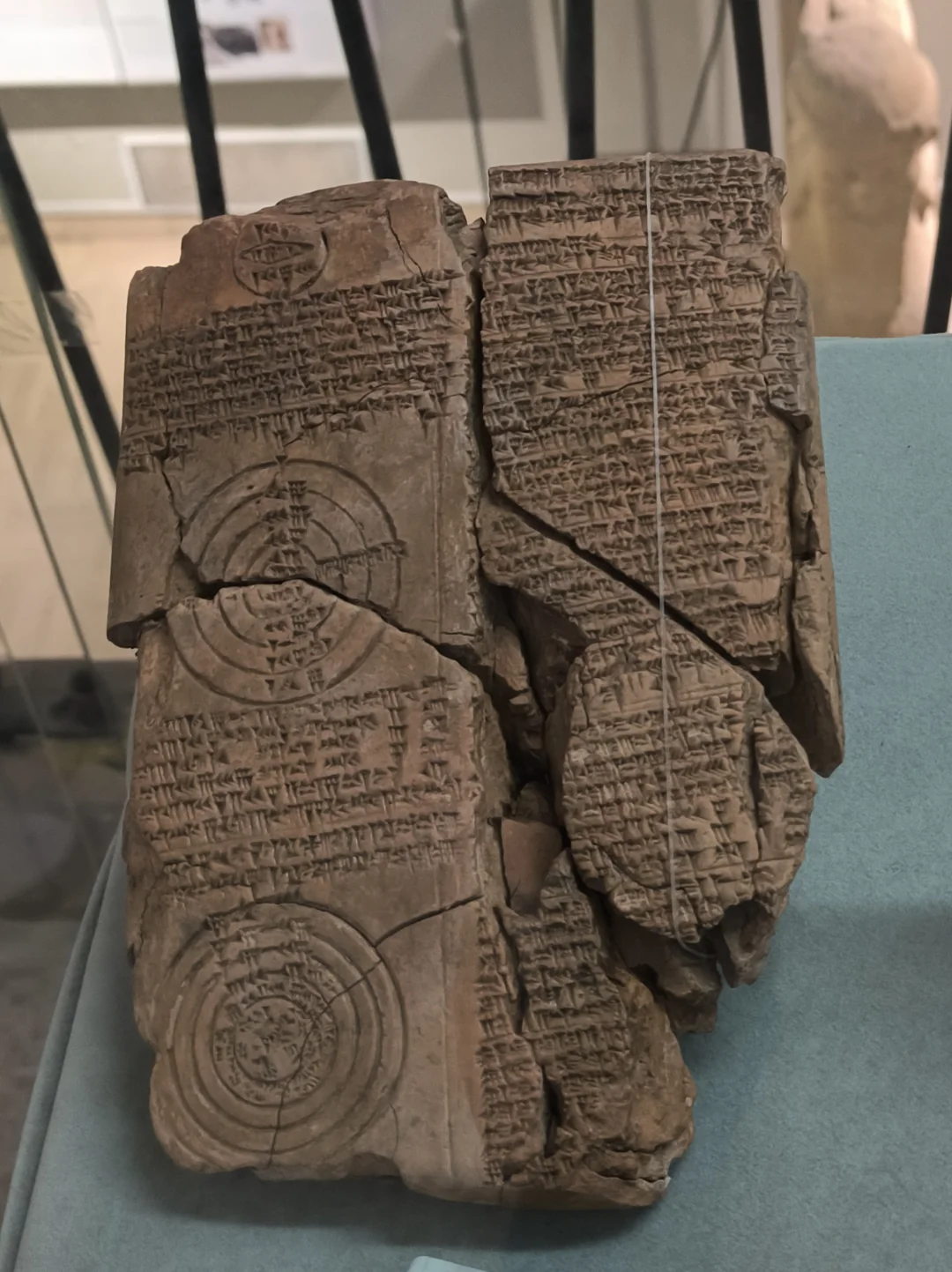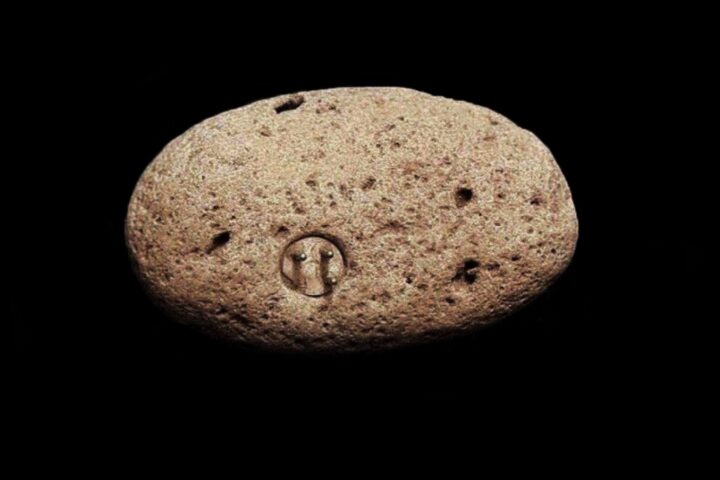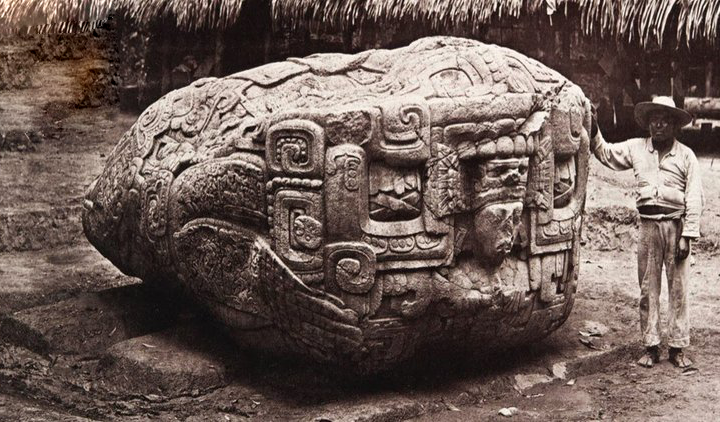Introduction: A historic clay tablet, unearthed in Uruk (modern-day Warka) in southern Iraq, offers a fascinating glimpse into the advanced astronomical knowledge of the ancient Babylonians. Dating back to the period between 2004-1595 BC, this artifact, adorned with cuneiform script and intricate geometric circles, is a testament to the scientific acumen of an ancient civilization.
The Discovery: The tablet was discovered in the ruins of Uruk, an ancient city of significant historical and cultural importance. It is a key piece of evidence in understanding the astronomical practices of the Babylonians, known for their remarkable contributions to early science.
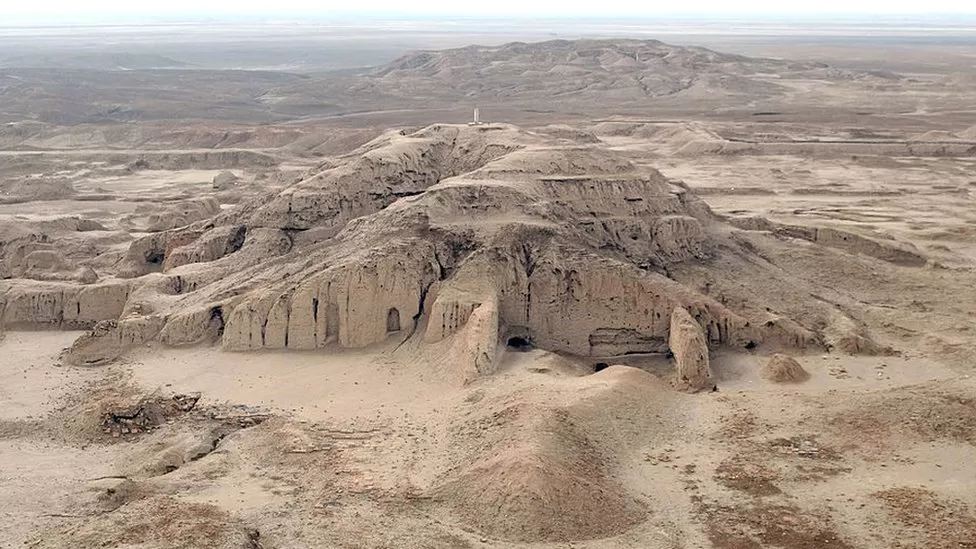
Significance of the Cuneiform Script: The cuneiform script on the tablet is one of the earliest forms of writing. Its presence on the tablet not only provides insights into Babylonian astronomy but also into their language, culture, and daily life.
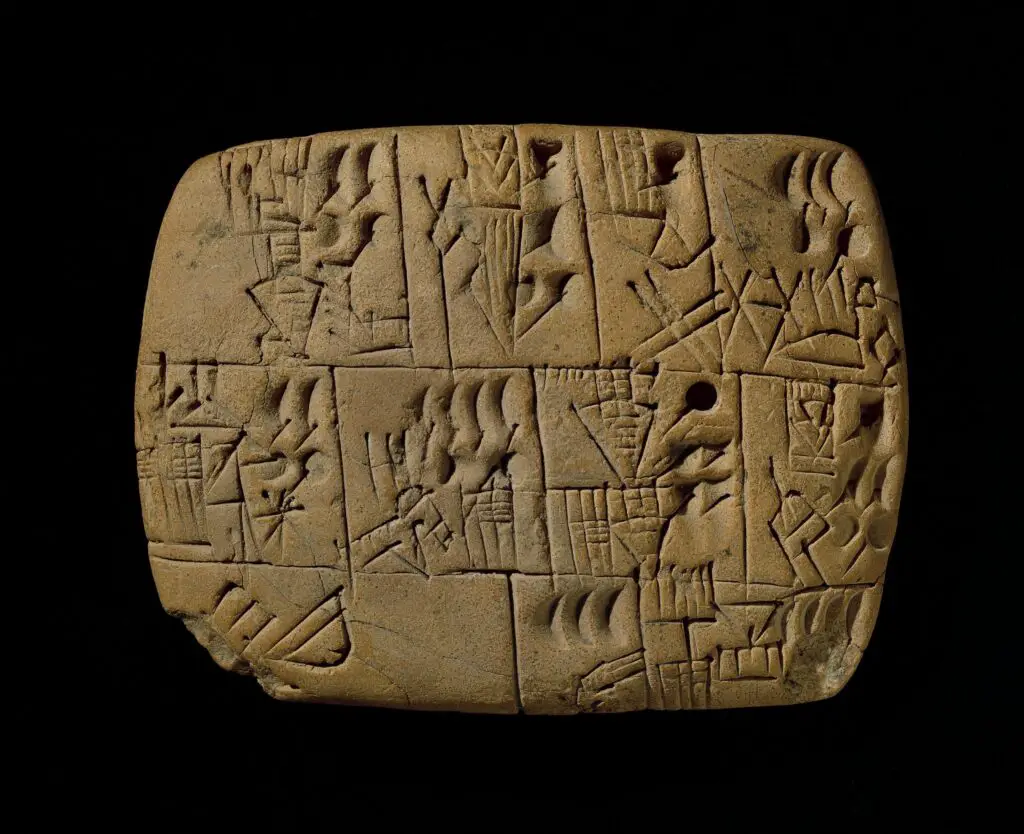
Astronomical Calculations: The three geometric circles featured on the tablet are believed to represent astronomical calculations. This suggests that the Babylonians had a sophisticated understanding of celestial movements, which they used for calendrical and astrological purposes.
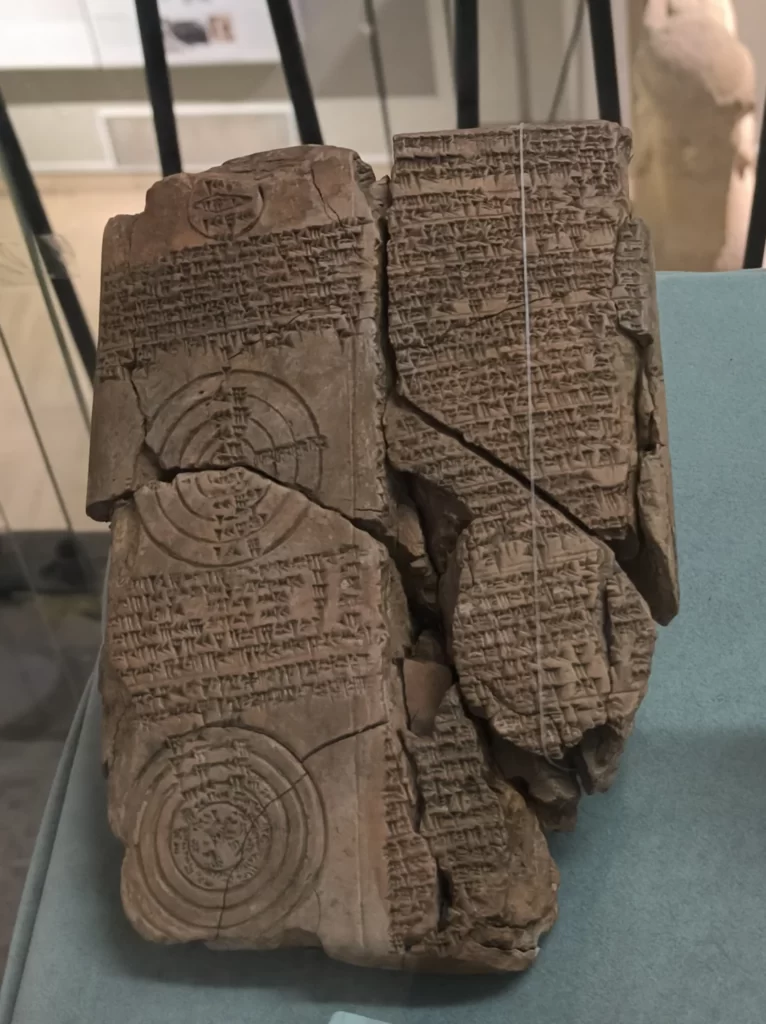
Preservation and Display: Currently housed in the Iraq Museum’s Babylonian Gallery, the tablet is preserved as a precious relic of Mesopotamian heritage. Its display allows visitors and scholars alike to appreciate the intellectual legacy of the Babylonians.
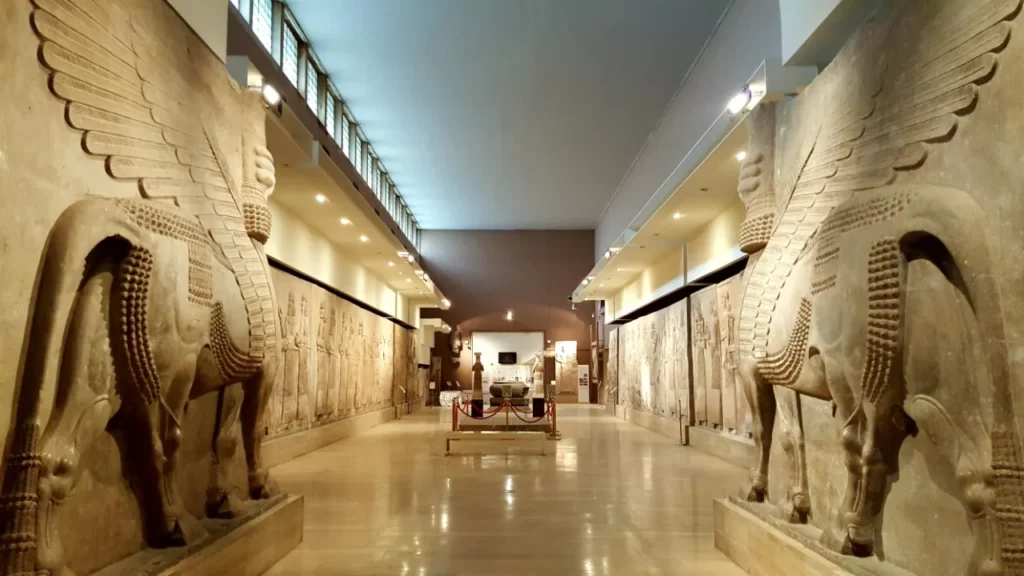
Cultural and Historical Impact: The tablet’s discovery has shed light on the advanced state of Babylonian science and mathematics. It challenges modern perceptions about the origins and development of astronomy and highlights the contributions of ancient Mesopotamian civilizations to global knowledge.
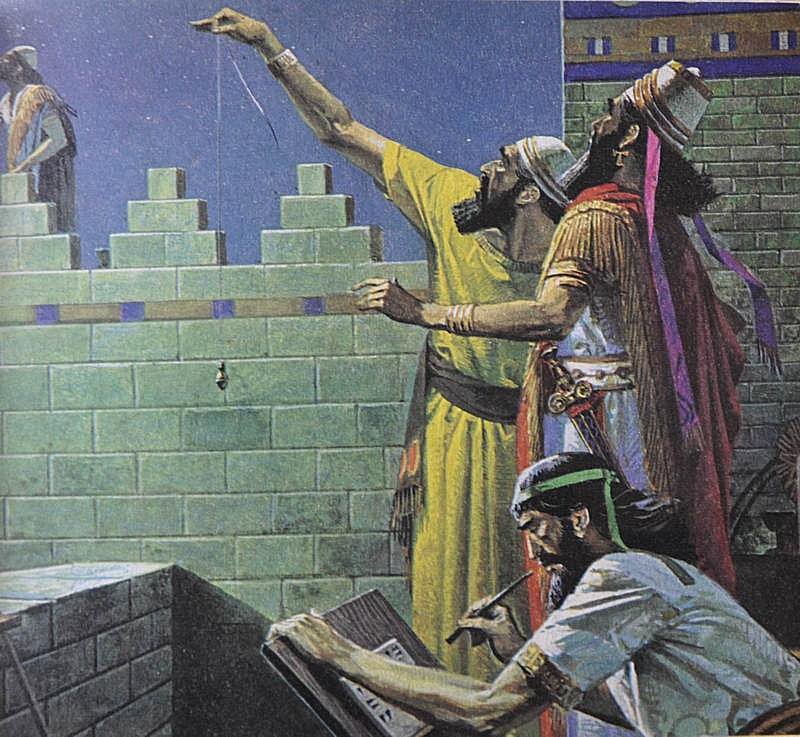
Conclusion: The Uruk clay tablet is more than an archaeological artifact; it is a bridge to the past, connecting us to the astronomical wisdom of the ancient Babylonians. It stands as a proud symbol of human curiosity and the quest for understanding the cosmos.

